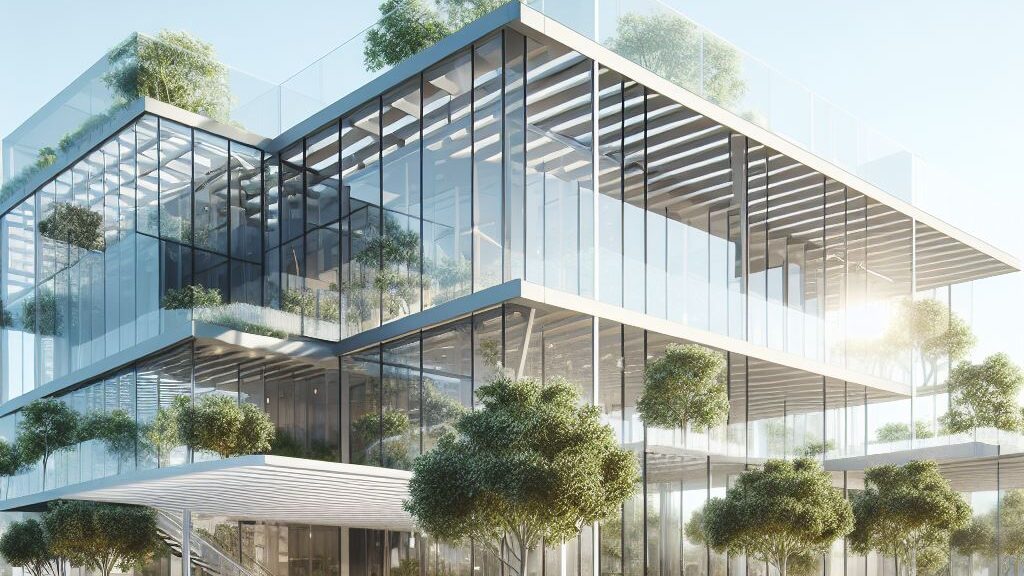April 13, 2023
As sustainability becomes paramount in modern construction, a suite of digital tools is emerging to ensure that our structures are environmentally conscious, resource-efficient, and future-proofed.
The strong demand for sustainability is reverberating across industries, with construction taking a lead role in this global shift. With buildings consuming about 40% of the world’s energy, the responsibility is on the construction industry to adopt green practices. Here, digital tools emerge as the champions, enabling builders to embed sustainability right from conception to completion.
BIM (Building Information Modelling)
Gone are the days when BIM was just a design tool. Its evolution now offers:
- Energy Analysis: BIM can predict a building’s energy consumption, allowing architects to tweak designs for optimal energy efficiency.
- Material Optimization: BIM can precisely estimate required materials, reducing wastage and ensuring sustainable sourcing.
- Lifecycle Assessment: Evaluating the environmental impact over a building’s lifecycle is now feasible, promoting designs that reduce long-term carbon footprints.
IoT (Internet of Things) Sensors
These tiny devices have a significant role:
- Predictive Maintenance: IoT can predict when systems need maintenance, ensuring optimal performance and reduced wastage.
- Resource Management: IoT tools can manage resources efficiently, whether it’s the water in a plumbing system or the electricity in lighting fixtures.
- Real-time Monitoring: Sensors can gauge water usage, energy consumption, and indoor air quality, ensuring that the building operates at its greenest.
AR/VR (Augmented/Virtual Reality)
The immersive nature of AR/VR is now aiding green construction:
- Site Analysis: Before construction begins, AR/VR can help teams understand the natural environment and plan structures that seamlessly blend without disturbing local ecosystems.
- Energy Simulations: Builders can virtually walk through a building, understanding heat pockets, natural light play, and wind direction, ensuring energy-efficient constructions.
Data Analytics
Data is invaluable for sustainable building:
- Energy Consumption Patterns: By analysing past data, construction managers can anticipate future consumption patterns and plan accordingly.
- Waste Management: Analytics can predict waste generation trends, leading to proactive recycling and disposal measures.
- Optimal Utilization: Data tools can ensure that every resource, from water to electricity, is used optimally, reducing unnecessary wastage.
The drive for sustainable construction is not just about the environment. It’s about building a legacy for future generations. As digital tools continue to advance and become more integrated into construction processes, the industry’s promise to the planet becomes ever more achievable. In this intersection of technology and sustainability, the future of construction is not just green, it’s promisingly bright.

